You are here
Back to topA Look at Shine Muscat, China's Hot New Table Grape Variety
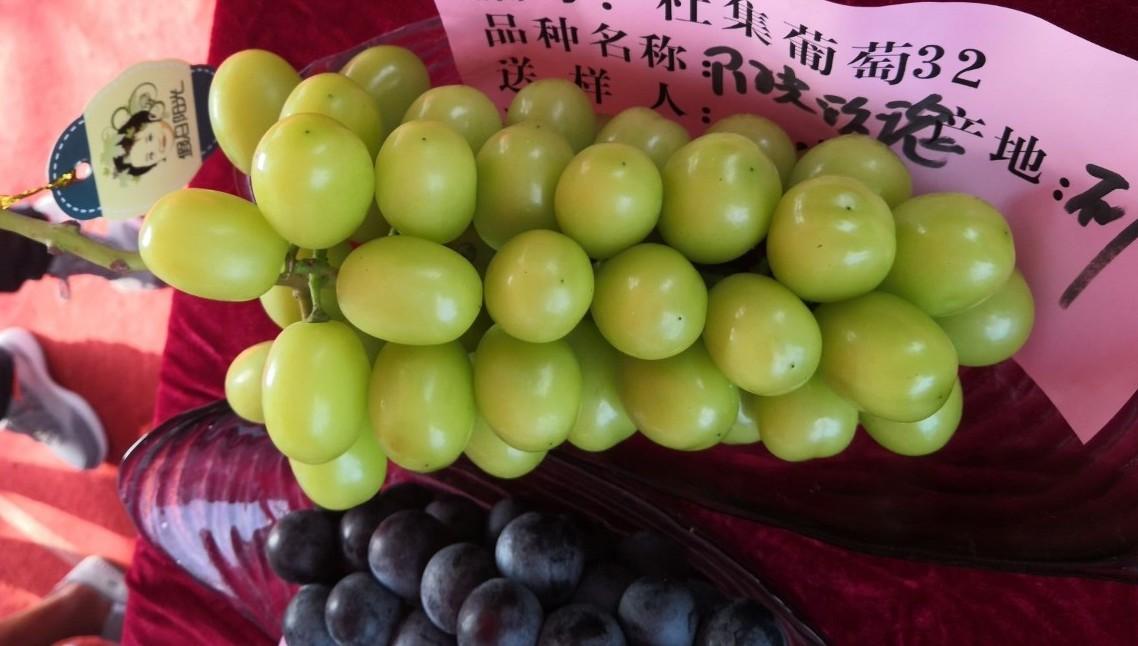
Shine Muscat is a crispy, fragrant seedless green grape variety developed in Japan in the late 1980s and then commercialized there in the early 2000s. In the past three years it has made a sudden emergence onto the Chinese market and is now being cultivated around China and can be frequently spotted on sale at a range of retailers, from streetside vendors to high-end supermarkets.
Shine Muscat, known in Chinese as 阳光玫瑰, or “Sunshine Rose,” has also achieved a surprisingly high level of name recognition in China for a table grape variety. It also fetches high prices at retail and is now considered to be the highest profit margin grape for growers. Although exact production figures are not available, it appears that breeders in China have in recent years produced enough young vines to plant more than 3,000 hectares of land with Shine Muscat.
Produce Report sat down recently with Mr LI Chunyu to learn more about the history, current state and future challenges of Shine Muscat in China. Li is a viticulture expert and early proponent of the variety, who in 2015 co-founded the China Haitang Sushine Muscat Marketing Alliance in order to expand the grape’s production, raise quality and spur consumer awareness.
Li says that Shine Muscat was actually introduced to China in 2006 via the national government’s “948 Program,” a longstanding policy aimed at boosting the country’s agricultural development and modernization. But the variety languished for many years, with only limited plantation and commercialization.
According to Li, the crucial problem in the early days of the grape’s existence in China was that there was very limited knowledge about the proper techniques for growing it. Shine Muscat is relatively disease resistant, transports well, and has a long fruiting season, but is labor intensive to grow, requiring extensive pruning and trimming to achieve optimal quality. This is a reason why the variety is not grown in the US or Europe. But labor availability is still high enough and costs low enough to make the variety viable in China.
Only after years of work, especially on the part of various universities agricultural departments, was there a critical mass of documentation translated from Japanese and knowledge about the proper way to grow Shine Muscat to produce the correct medium size fruit (too large and the fruit will be hollow in the middle and weak in flavor) and maximize yields without sacrificing quality.
This critical mass of knowledge coincided with rising interest among Chinese consumers after they were exposed to, and had a favorable reaction towards, imported Shine Muscat from Japan, thus creating a winning product that has continued to gain popularity year by year since 2015.
One somewhat surprising aspect about the emergence of Shine Muscat is that it is a green grape in a country where consumers have traditionally shown a relatively high preference for red or black grape varieties. Li thinks that this is a promising sign that consumers in China are turning away from outward appearance as the strongest consideration when they buy fruit, and more toward quality and unique flavor.
Although Shine Muscat is performing well at the moment, Li does see some challenges for sustainable growth of production. One is that the variety is being planted in too many suboptimal locations. According to Li, this is a problem across the table grape industry in China, where growers do not have the same level of sophistication as their European counterparts in choosing smaller plots of land suitable to specific varieties, and would prefer to plant large swaths of land with a single variety. Furthermore, Li says he is worried that too many producers are trying to maximize yield or fruit size at the expense of quality.
Indeed, price and quality of the variety in China are currently highly variable compared to other varieties. In major cities, supermarket prices on the lower end can be just above $2 per half kilo, and going as high as $6. In some specialty retailers and online channels, imported and premium quality domestic Shine Muscat can go for much higher prices.
According to one distributor interviewed by Produce Report, the main plantation region of Shine Muscat grapes in China is Yunnan Province, while Hubei and Hunan are also smaller but less important producing regions. Other production is scattered in small pockets around the country. The Yunnan Shine Muscat harvesting season lasts from April through the end of October.
Photo:Diyitui.com



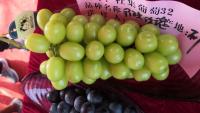

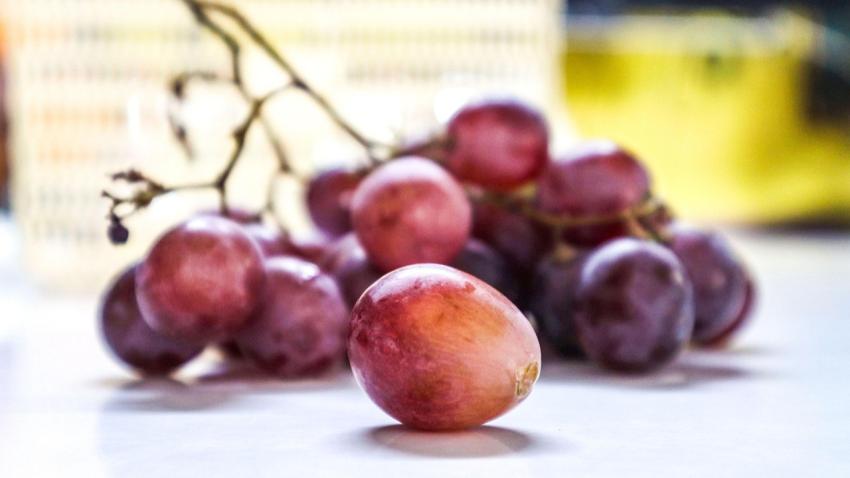
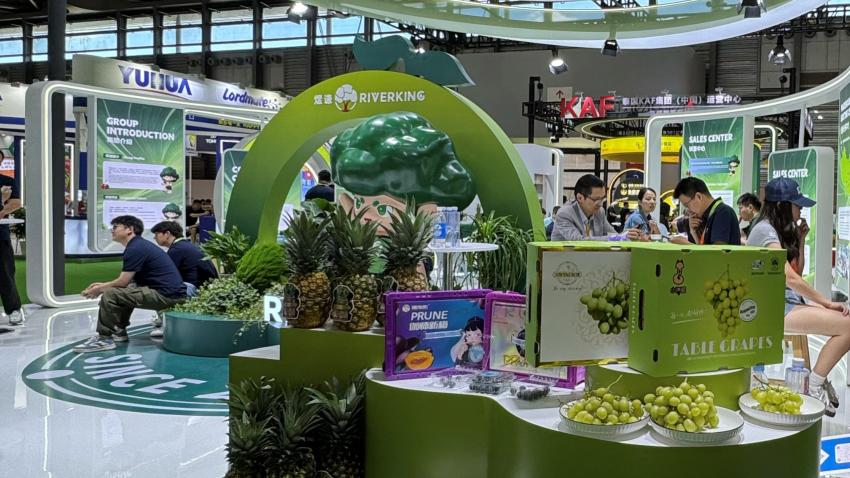
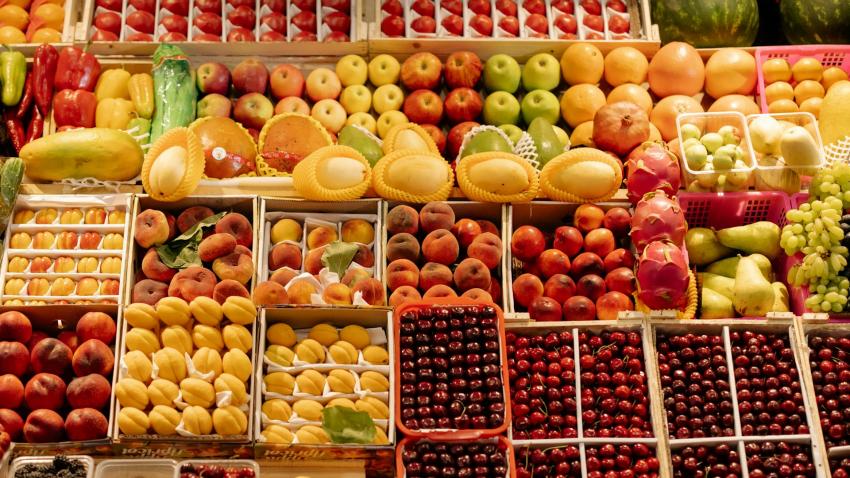







Comments
Tatag Hadi replied on Permalink
Could you please inform me
Add new comment